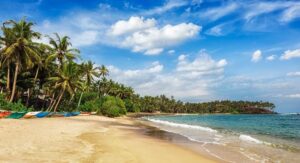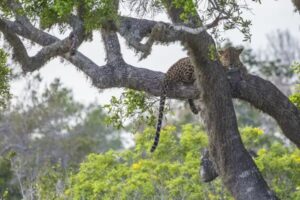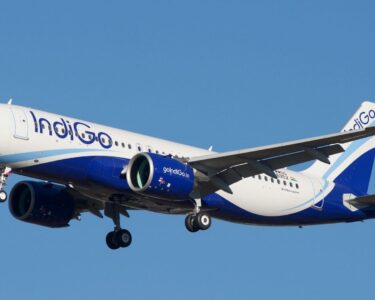Tourist Arrivals Outside Colombo Decline Despite National Growth
Sri Lanka has successfully completed almost all short-term tourism development initiatives, setting the stage for achieving the ambitious target of 2.5 million tourists and $4-$5 billion in revenue this year. Tourist arrivals reached 1.01 million in the first six months of the year, a 62 percent increase from the same period in 2023. By June 2024, tourism earnings had risen to over $1.5 billion, marking a 78 percent year-on-year increase despite a slight month-on-month decline.
However, concerns are rising among travel agents and small to medium-scale hotel owners in southern and upcountry regions as tourist arrivals outside Colombo have not met expectations. These operators have noted a significant decline in arrivals from over 200,000 in the first three months of 2024 compared to later months.

Sena Suriyapperuma, owner of the luxury camping site “Wild Trail Yala by Suri,” reported a noticeable drop in travelers compared to 2023, particularly from key markets like India, China, and Russia. He explained that tourists from these countries tend to stay in specific areas, with Indians mainly in Colombo and Russians at the beachside, leaving fewer visitors in popular destinations such as Mirissa, Yala, and Ella.
Suriyapperuma highlighted that bookings for August are 50 percent lower than the previous year, leading to low expectations for the upcoming months of September, October, and November. Travel agents confirmed this trend, noting a lack of international inquiries for summer and reliance solely on winter bookings. To operate a camping site, small-scale hotel, or villa, at least 50 percent capacity bookings are necessary, which has been challenging to achieve.

Profitability and Sustainability
Small operators are increasingly dependent on international booking engines like Booking.com, Agoda, and Expedia, which charge commissions of 15-18 percent, leaving little surplus for business operations. This has further strained their profitability and sustainability.
Mirissa, a popular tourist destination known for its coconut tree hills, compact beaches, whale watching, swimming, surfing, and partying, is also experiencing similar challenges. A medium-scale hotel owner in the area reported that the decline in tourist arrivals is impacting their business significantly.

Responding to these complaints, the head of the Sri Lanka Tourism Development Authority (SLTDA) acknowledged that 75 percent of travelers visit Sri Lanka during the peak tourism period (November to April), while only 25 percent arrive during the low season (May to October). This seasonal disparity is affecting regions outside Colombo more acutely, as they struggle to attract visitors during the off-peak months.







